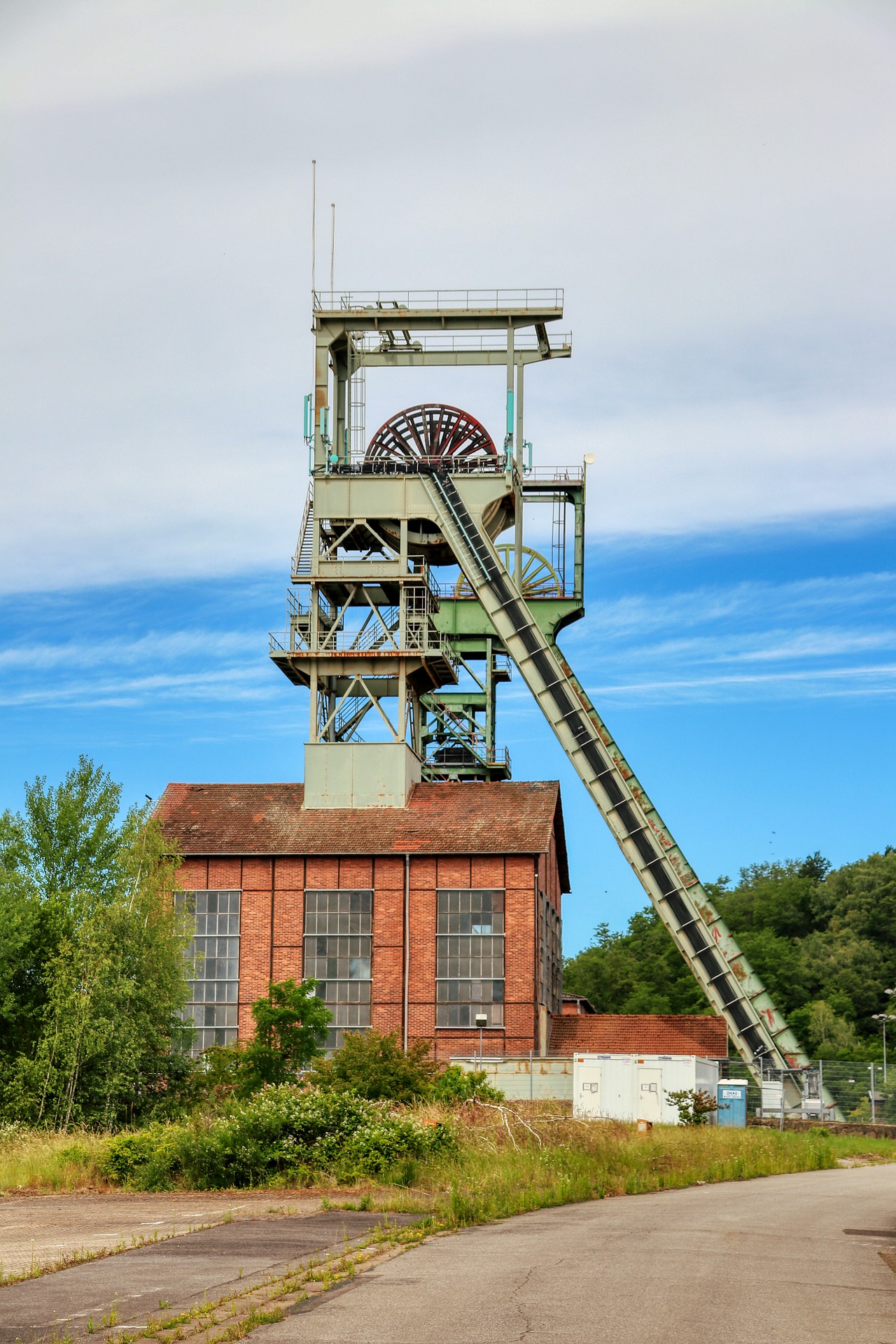
The mining of lithium is controversial – mainly for environmental reasons. However, raw material plays a central role in the energy transition and is also a key element in electric mobility. However, lithium deposits in Europe account for only 1-2 % of global production. This means that this expensive metal needs to be imported. According to figures from the United States Geological Survey (USGS), Australia is by far the most important supplier of lithium. It accounts for 51,000 metric tons. Chile follows with 16,000 metric tons, China with 8,000 metric tons, and Argentina with 6,200 metric tons.
According to Prof. Volker Presser at the INM – Leibniz Institute for New Materials in Saarbrücken, Germany could soon be able to source at least part of its own lithium demand. From the mine water in abandoned mining tunnels. Presser’s research project MERLIN (MERLIN: mining water lithium extraction) is concerned with how lithium can be extracted from mine water.
Mine water as an eternal opportunity
In the former coalfields of the Ruhr and Saar rivers, rainwater and surface water seeps through hundreds of meters of rock layers into the old mining tunnels. And that is where it ends up becoming mine water. On its way down into the depths, it enriches itself with minerals such as sodium, potassium, and calcium. Although these substances are frequently found and as such do not attract much attention, this kind of water also enriches itself with elements such as strontium, barium, or lithium. These are very interesting for industry.
“Our approach is to understand mine water as an eternal opportunity and to make it suitable for use as a valuable source of water with the help of innovative technology,” Volker Presser outlines the goals of his project. In Germany, an estimated 1,900 metric tons of high-quality lithium are lost each year. That’s because it is discharged along with mine water via rivers such as the Blies and Saar.
New Resources
In order for electric mobility to succeed, new resources must be harnessed and innovative technologies for lithium production must also be developed. This is why the MERLIN project focuses on “ion-selective electrochemistry.” Presser has been researching this for years and uses it to successfully desalinate water.
In the MERLIN process, mine water is first passed through special equipment: the MERLIN cell. This contains two electrodes with different polarities. Lithium and chlorine ions are attracted to one of the electrodes. While all other dissolved substances are discharged from the cell along with the mine water. Freshwater then flows into the cell, which collects lithium and chlorine in the form of lithium chloride.
With each repetition of this process, the concentration of lithium chloride in the water increases. The lithium ends up as a solid after the residual water has evaporated. Since the applied electrical charge is almost completely restored during discharge, the MERLIN process is an energy-efficient method, Presser emphasizes.
Several work packages
The MERLIN project was launched in November 2020 and is scheduled to run for two years. During this time, it encompasses several work packages. These range from mine water analysis, in particular the water from the former Saarland mines in Reden and Camphausen, to the optimization of the electrode material in the MERLIN cell, the development of a demonstrator, and a final economic analysis.
Professor Presser is collaborating with INM’s own Innovation Center. “The project is an ideal connection between top-level research at INM and the technology transfer at the Innovation Center,” stresses Dr. Karsten Moh, head of the INM Innovation Center. “We will be actively supporting this project with personnel and infrastructure. In order to achieve this, we intend to study the upscaling of the technology in particular and take this into consideration in the overall process.”
MERLIN is backed with €300,000 in funding from the RAG Foundation and the State Chancellery Saarland, which has been actively involved in obtaining funding from the RAG Foundation, from the submission of the application to its approval.
“Mine water management is a key component of the long-term tasks of post-mining operations, the financing of which is the main purpose of the RAG Foundation,” says Bärbel Bergerhoff-Wodopia, member of the board of the RAG Foundation. “Researching the opportunities that mine water presents has convinced us. That is why we are very pleased to support this project.”

